Description
The PATH & MAPS Handbook: Person-Centered Ways to Build Community
About this Handbook
It’s been almost 30 years since Marsha Forest and her co-activists for inclusion began to use maps to assure that excluded students were met with a welcome and a real chance to learn in schools and classrooms that were striving to be inclusive. And almost 25 years ago Marsha and Jack Pearpoint and John O’Brien designed path as a support to people who need to discover strategies that serve their vision of inclusion in school and community life.
In the time since we began using big sheets of paper and colored markers to make people’s gifts and visions visible, some things have surprised us and make us happy. We are happy that many committed change makers have invested their talents in bringing path and maps alive and making them better. We are happy that people continue to sponsor and attend our intensive training workshops, which give us a place to reflect on and refine our understanding while we add to the number of capable facilitators. We are happy that our friends who work in Asset Based Community Development (abcd), community arts, and restorative justice have shown us the ways that path and maps fit into their work. We are especially happy when people show us the graphic records of their own path and maps and tell us their stories of real life change.
This handbook reflects what we have learned since Jack and John and Marsha wrote the Path Workbook in 1995. It provides a stronger foundation for path and maps by connecting person-centered planning to the work of community building. It makes the basis for good facilitation more explicit and suggests some ways that facilitators can improve their practice. It suggests new ways to frame the questions in both path and maps. It presents a template for maps that we have found usually works better than the cycle of eight questions with which many people are familiar. It emphasizes creative work with imagery as integral to the process of exploring people’s gifts and highest purposes.
One interesting surprise has the number of people who have picked up their approach to path or maps from brief presentations or by reading or watching a video and used it to support meaningful changes in their life or the life of someone they care about. We hope this Handbook will encourage these explorers to engage with other facilitators and learn more.
We aren’t done learning yet, so what we say here is nowhere near our final answer. If you are beginning to learn how to facilitate path and maps, we want this Handbook to supplement the experience based learning that you will need. If you have found a way to work with path and maps that feels right to you and supports real change, we want this Handbook to be an invitation to think about your work and consider some new approaches.
The Handbook is divided into two parts: think about it and do it. The think about it section discusses the purposes that path and maps serve and considers what makes facilitation effective for both. The do it section provides five guides: one for getting ready, a second and third for each of the steps in path and maps, a fourth for keeping the action and learning going, and a fifth for getting better at facilitation.
This Handbook supplements intensive learning with capable guides and continuing learning with other practitioners. We don’t think it can substitute for these essential experiences.
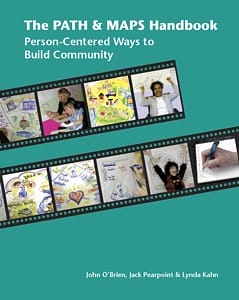

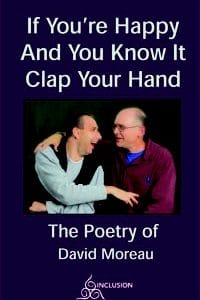
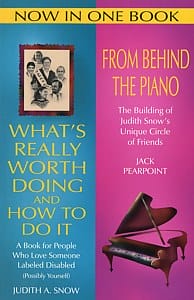
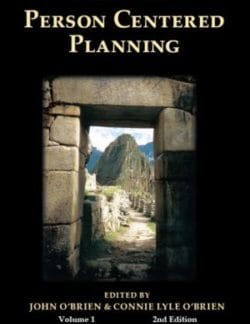
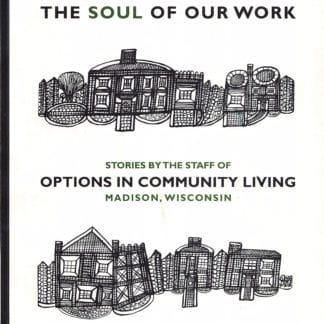
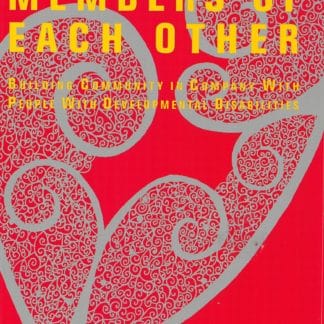

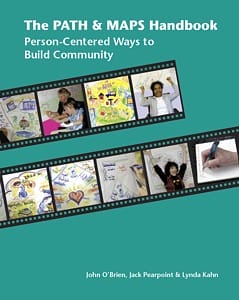
Reviews
There are no reviews yet.